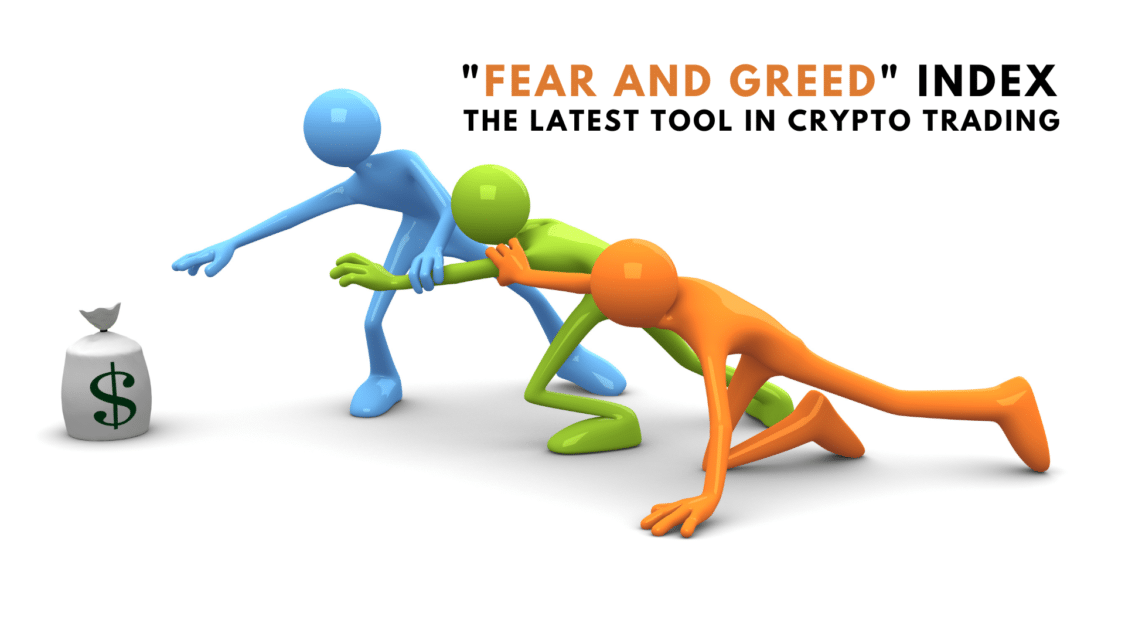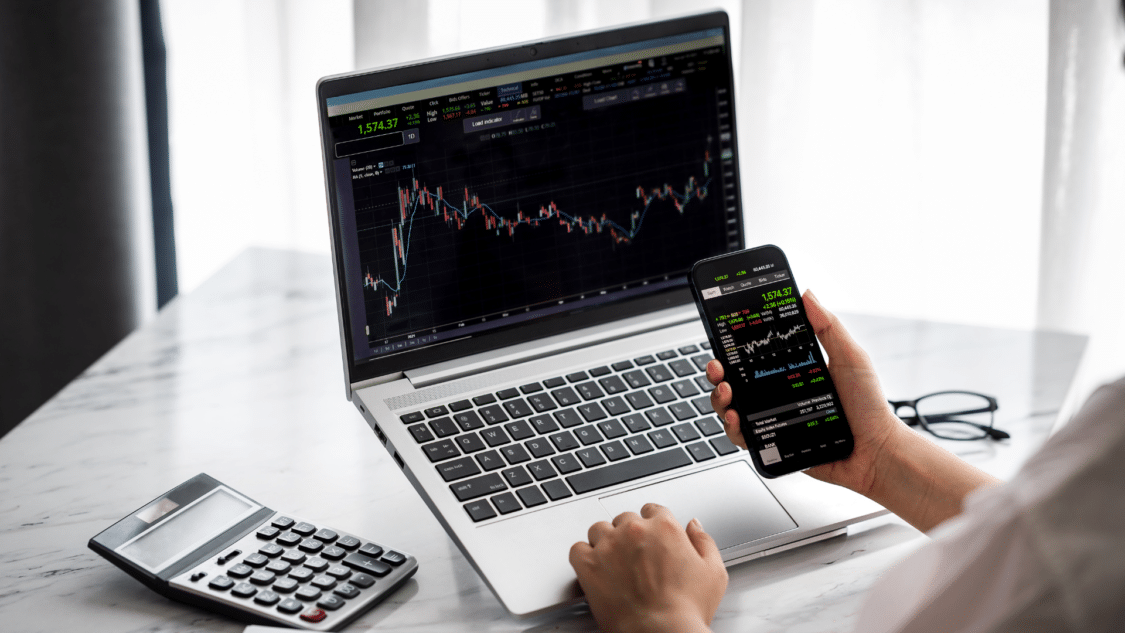After Saturday’s Bitcoin plunge of 21%, investors are promoting “Fear and Greed.” Posting on Twitter and other social media platforms, they claim that this plunge is an opportunity for people to get on the Bitcoin bandwagon.

What is a Fear and Greed Index?
Fear and Greed is a way to measure volatility, momentum, and demand in the traditional market. However, the crypto version of this idea goes as follows. It can establish if traders are too optimistic about the market (Greed) or clumsy (Fear). It can also consider several other factors, like the viral trends on social media and Google terms.
The index ranges from 0 to 100 – from extreme fear to extreme greed. Currently, it stands at 25. When Bitcoin was at its record high of $69,000 last month, it stood at 80. The largest cryptocurrency on Tuesday in New York stood at $51,000.

When experiencing a relatively lower price of Bitcoin, fans see this to mean that Bitcoin has been oversold and the prices will rebound.
Ali Yilmaz is one of the investors that have kept a close eye on the index. He’s based in Bolu, Turkey, and is a university instructor. He has mentioned his plan to add altcoins to his 10,000 euro portfolio, including Bitcoin, Ethereum, and Ripple. He concluded by saying, “we have so little information on cryptocurrencies that this ‘Fear and Greed’ index is important to get a sense of market sentiment. I buy the fear and sell the greed.”
In the past, Bitcoin supporters have brought up several excuses as to why Bitcoin prices are normal. They have compared it with previous bull runs and have even said volatility is part of the DNA of digital currency. Wiipongwii added, “Ultimately no indicator or index can perfectively predict market movements.”

How Do Fear and Greed Affect the Decisions of Investors?
Fear and greed are the two popular emotions that can impact investors’ decisions in the crypto industry. These emotions can often cloud judgment and lead to poor investment choices that can leave long-term consequences. Let’s look at how fear and greed affect investors’ decisions. Greed is the desire to make a profit quickly and at any price. When investors are driven by greed, they take on more risk than they initially should. They may not take the time to conduct proper research or consider the potential downsides of an investment. Instead, they focus solely on the potential gains and oversee the risks involved. This can lead to rash decisions and can lead to significant losses.
On the other hand, fear can also significantly impact investment decisions. When investors are afraid, they can be overly cautious and avoid taking risks altogether. This can lead to missed opportunities for growth and can prevent investors from realizing their full potential. Fear can also drive investors to panic and sell off their assets during market downturns, leading to additional losses.
One key factor for investors to remember is to avoid making emotion-based decisions. Instead, investors should take a more rational and thought-out approach to investing. This means doing proper and thorough research, diversifying their portfolio, and considering any investment’s potential risks and rewards.
It’s essential for investors to have a long-term view and to avoid getting caught up in short-term market fluctuations. Focusing on their long-term investment goals and sticking to a solid investment plan helps investors reduce the impact of emotions like fear and greed on their decision-making process. Overall, fear and greed can have a significant impact on the decisions of investors. Emotions can lead to wrong investment choices and prevent investors from discovering their full potential.
How often is a fear and greed index calculated?
The Fear and Greed Index is typically calculated on a daily basis. The index uses various data sources, including market volatility, stock price momentum, and trading volume, to measure the percentage of fear or greed in the market. These factors are analyzed and combined into a single score, then compared to historical data to determine whether the current market sentiment is leaning toward fear or greed.
The index is intended to provide investors with a quick and easy way to gauge market sentiment. However, it’s important to remember that it should not be the sole factor in helping you make investment decisions. Other factors, such as an individual’s risk tolerance, financial goals, and overall investment strategy, should also be considered.
When should I buy according to a fear and greed index?
The Fear and Greed Index is valuable for measuring market sentiment and making informed investment decisions. However, there is no one-size-fits-all answer to this question because fear and freedom should not be the only tool a trader uses when investing. Instead, every individual has their own financial goals, risk tolerance, and investment strategies, and they all play a role in determining when to buy or sell an asset.
Investors can follow general guidelines when using the Fear and Greed Index to make investment decisions. When the index shows high levels of fear, it may be an excellent time to consider buying stocks or other assets that are seen as defensive. These often include stable blue-chip stocks or defensive sectors such as utilities or consumer staples.
On the other hand, when the Fear and Greed Index shows high levels of greed, it can be a great time to consider taking profits or reducing exposure to riskier assets. In times of high greed, investors may overvalue certain assets and bid up prices beyond their worth.
What are the fear and greed indicators?
Volatility (VIX) Index: This indicator, sometimes known as the “fear index,” measures stock market volatility. High volatility levels imply that investors are scared.
Put/Call Ratio: This indicator compares the number of put options that enable investors to sell stocks at predetermined prices to call options, allowing investors to purchase stocks at predetermined prices. A high put/call ratio indicates market bearishness among investors.
Safe Haven Demand: This indicator looks at the demand for safe-haven assets like gold and US Treasury bonds. High demand for these specific assets suggests that investors are fearful.
Junk Bond Demand: This indicator examines the high-yield (or “junk”) bonds market. The high demand for these bonds may indicate that investors are enthusiastic about the market.
Stock Price Breadth: The number of equities that are trading above their 50-day moving average is what this indicator looks at. Many equities above this level indicate that market participants are bullish.
Margin Debt: This indicator looks at how much money investors borrow to invest in the stock market. High levels of margin debt suggest that investors are optimistic about the market.
How accurate is a fear and greed index in crypto?
The fear and greed index in crypto aims to provide a snapshot of the sentiment in the cryptocurrency market and relies on various technical and fundamental indicators. While it can be helpful in giving a general indication of market sentiment, it is not foolproof and can be blamed for false signals or market manipulation. The crypto market is volatile and subject to sudden changes, making it difficult to predict its behaviour accurately. Therefore, the fear and greed index is only one tool in a trader’s toolkit and should not be relied on exclusively for making investment decisions. Researching and using fundamental and technical analysis and monitoring market sentiment is essential.
Conclusion:
In conclusion, fear and greed are powerful emotions that can significantly affect investors’ decisions. Greed usually drives investors to take on many risks and overlook potential downsides. In contrast, fear can cause investors to be overly cautious and miss out on growth opportunities. Investors must avoid making decisions based primarily on emotions and instead take a more rational approach to investing. Investors can make more knowledgeable decisions by conducting proper research, diversifying their portfolios, and considering the risks and rewards of an investment. Ultimately, investors can increase their chances of building a successful and sustainable investment portfolio by keeping emotions in check and rationally investing.
For more news updates, visit our homepage now and see our latest news article. Want to learn more about trading? Visit our education page now and learn for FREE!

